Youth sports have grown into a multi-billion dollar industry thanks largely to growth at the upper end — elite travel programs and tournaments working to create college and pro prospects. But this comes with high costs for travel, training, equipment, dues and fees that price out many families, while many other late bloomers and casual athletes are pushed out as the pyramid narrows. One solution: a return to local, intermural, recreational and house leagues that cater to all athletes and competition levels. Children need a better pathway in sports than “up or out.”
From Sport for All, Play for Life:
The flight to travel (and to for-profit club) teams thins rosters and the number of teams that can be created. The kids left behind can get the message that they’re not good enough, and start checking out of sports (Cote and Hancock, International Journal of Sport Policy and Politics, 2014). By the end of grade school, in some areas, in-town leagues in sports like soccer and basketball have lost enough participants that they are no longer viable. That’s a major loss, especially as local play is the only affordable option for many families.
Parents with means must be given a reason not to flee early for travel teams, through programming that develops their child’s skills and provides opportunities for advancement, with fewer impacts on family time. Sport providers need to develop business models that wring less money out of more participants. And organizers must look in new places to grow the pool of players. Inclusion is not just a philosophy. It’s a commitment to new traditions.
Income impacts of sport participation
Percentage of core participants, by household income.
(Data: SFIA)
click to enlarge
IDEAS
“Encourage your kids to play multiple sports within the community. There's no need to specialize in one sport and get on high-cost flights and play year-round.”
Erik Bakich, University of Michigan Baseball Coach
RESOURCES
HELP KIDS IN NEED
Donate to fund teams and leagues that serve low-income populations through DICK’S Sporting Goods Foundation’s SportsMatter program. If you’re a 501c3, you can apply to request support.
how to find sports equipment
Good Sports gives all kids the lifelong benefits of sport and physical activity by providing new equipment, apparel and footwear to those most in need.
SUMMIT SESSIONS
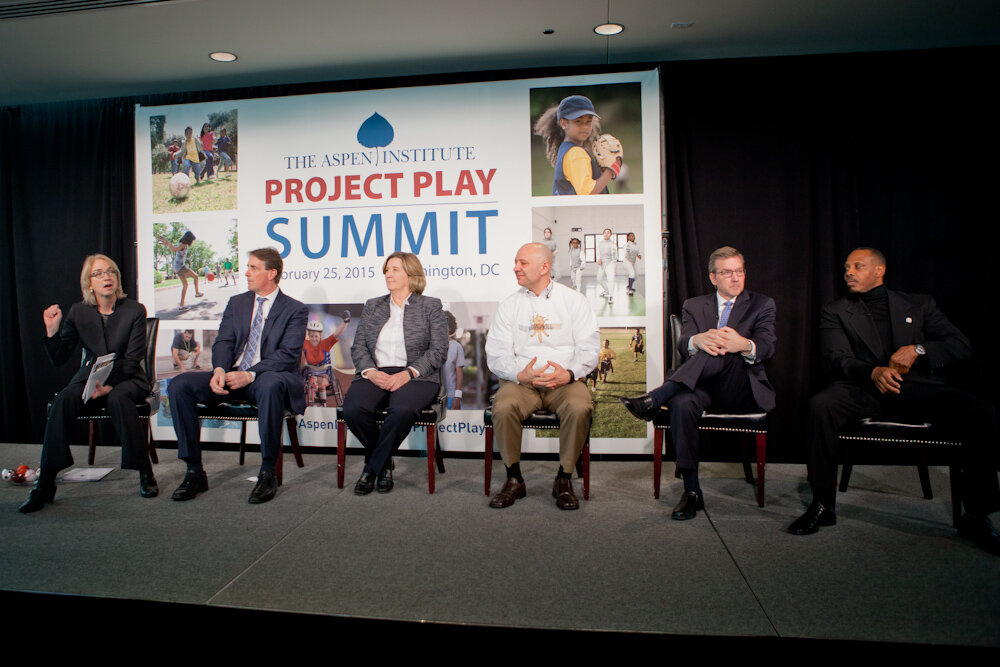
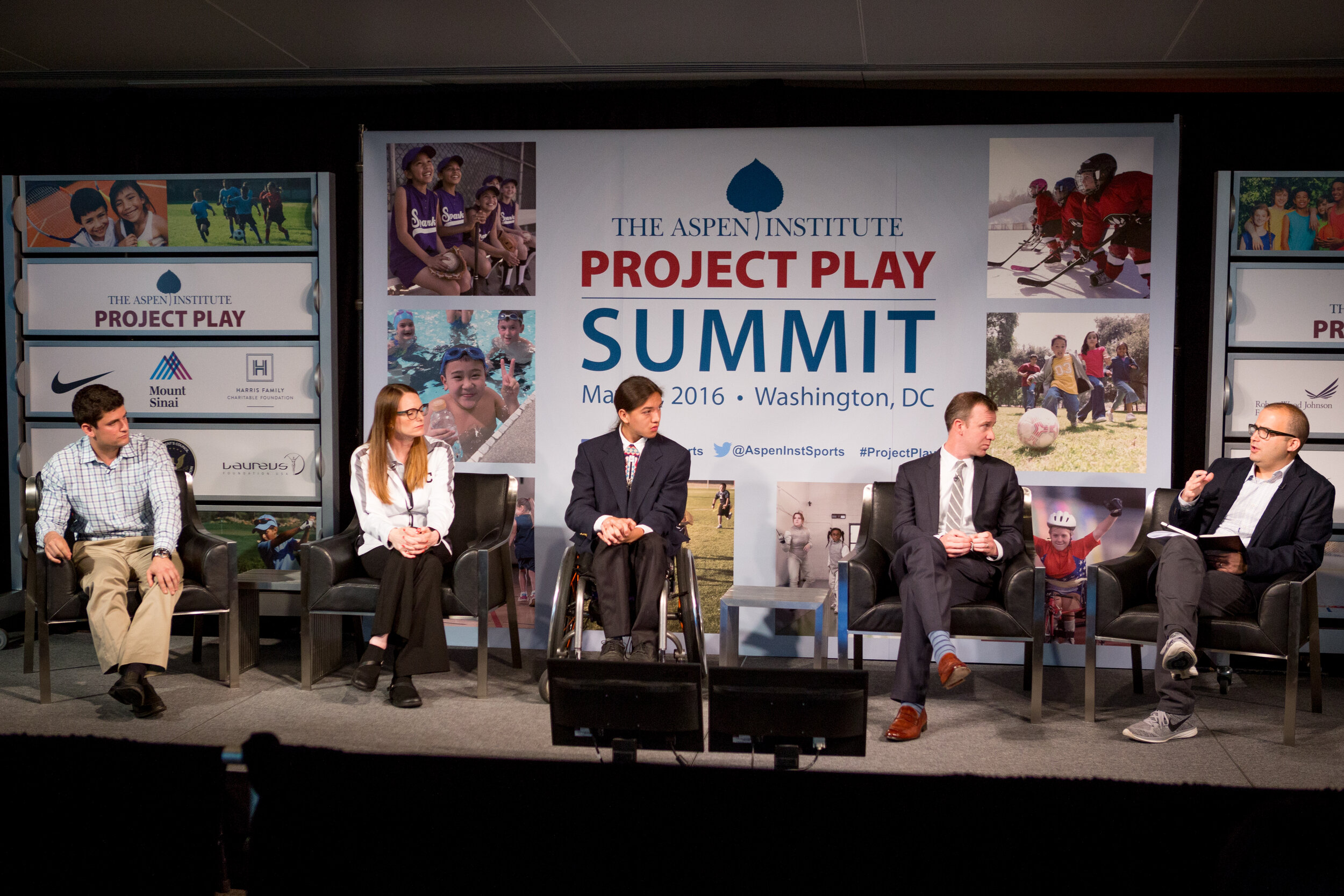
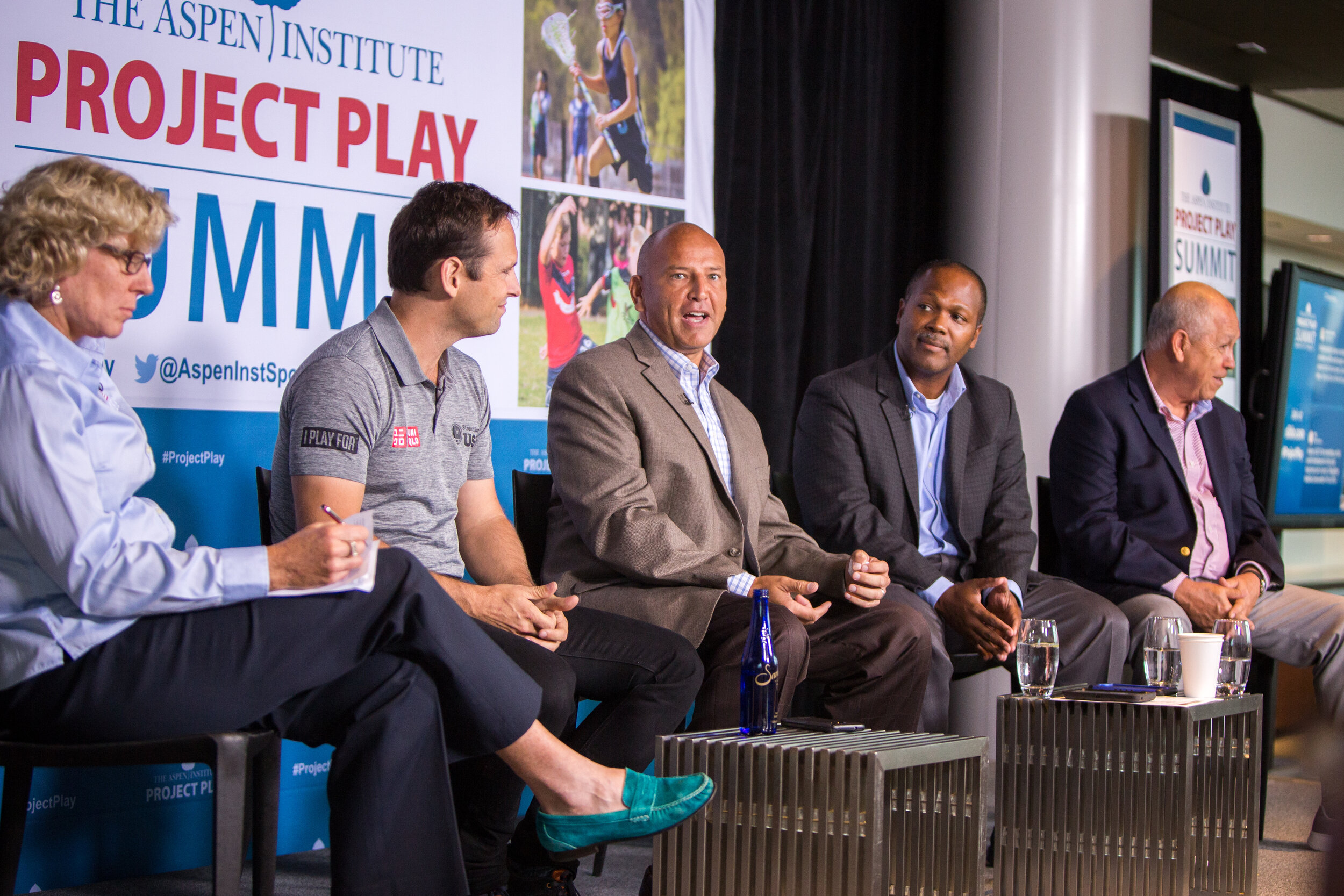
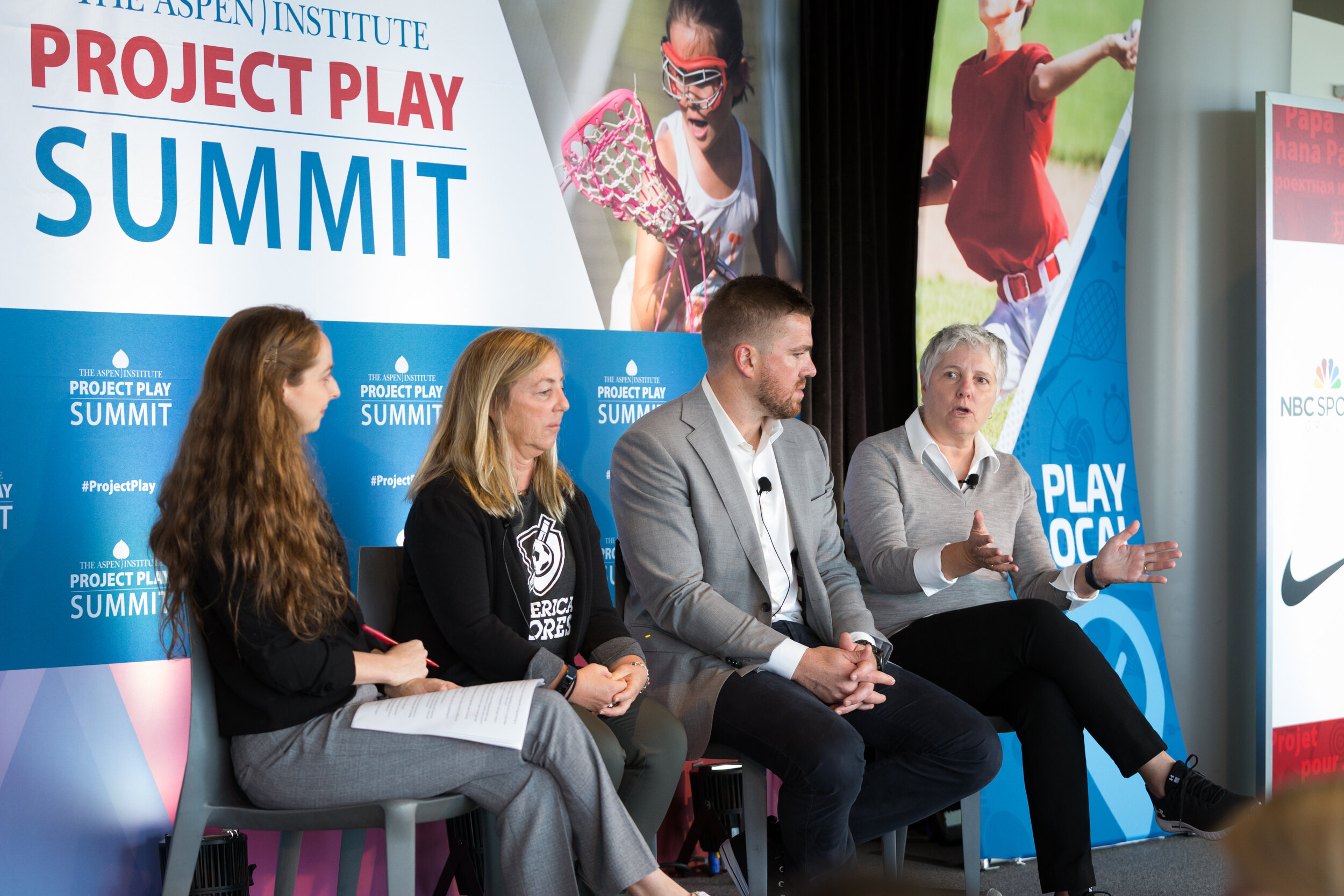
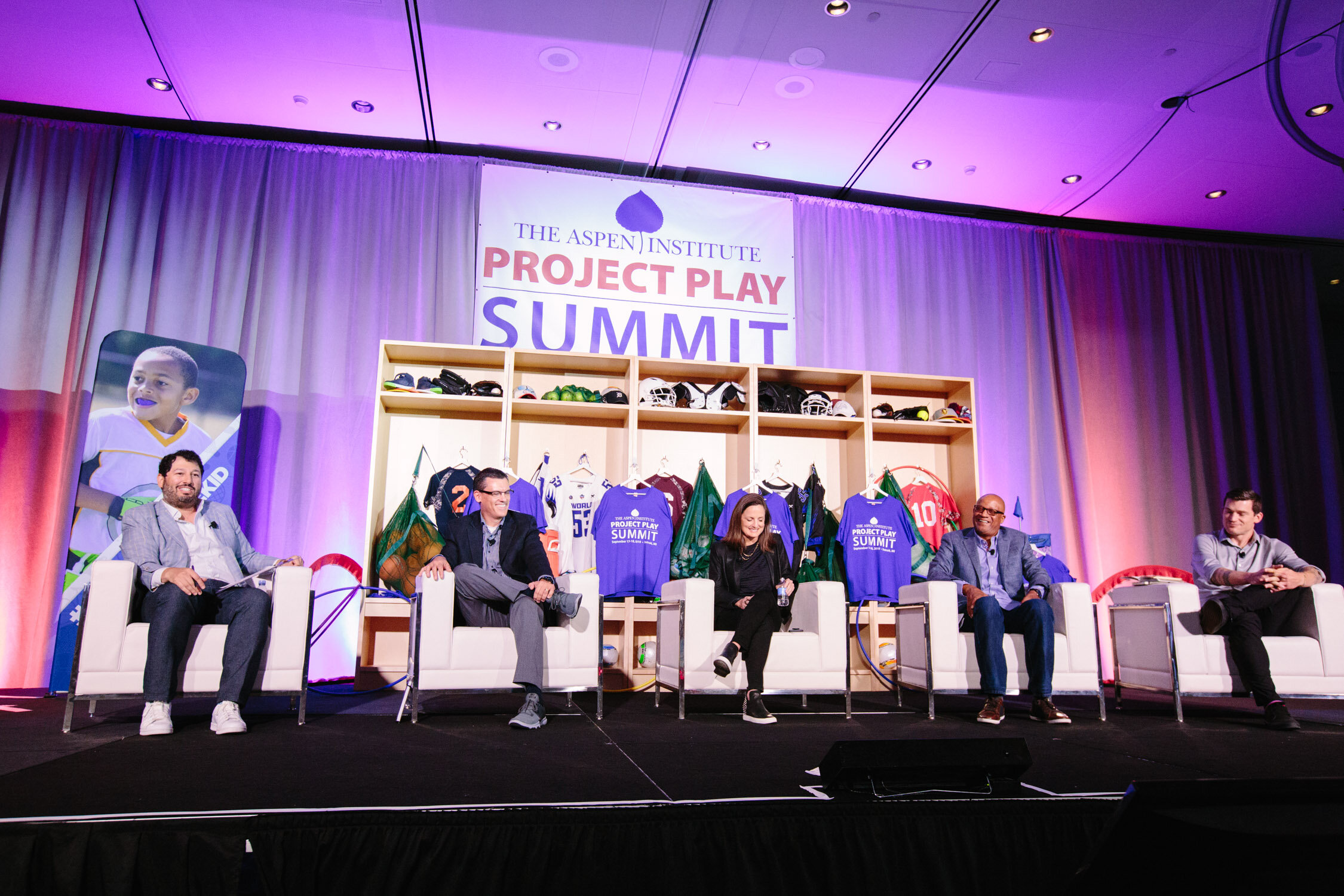
“Everybody I knew when I was young played team sports. Everybody. There were church leagues for basketball so people like me who couldn't make the (school) teams could play. That's really important because the benefits flowed to everybody.”
President Bill Clinton
FINDING SUCCESS
The leadership of Special Olympics embraces the theme of competition, while developing formats that do not promote exclusion. One of its fastest-growing programs is Unified Sports, which pairs students with and without intellectual disabilities on teams. Unified Sports in Illinois alone grew 184 percent in 2013, with programs in 94 schools. To support the development of physical literacy, a “sports readiness” program is also offered for kids ages 2 to 7. Special Olympics CEO Mary Davis shared lessons learned at the 2016 Project Play Summit (WATCH).
For more ideas, read about the commitments made by Project Play Champion organizations here.

